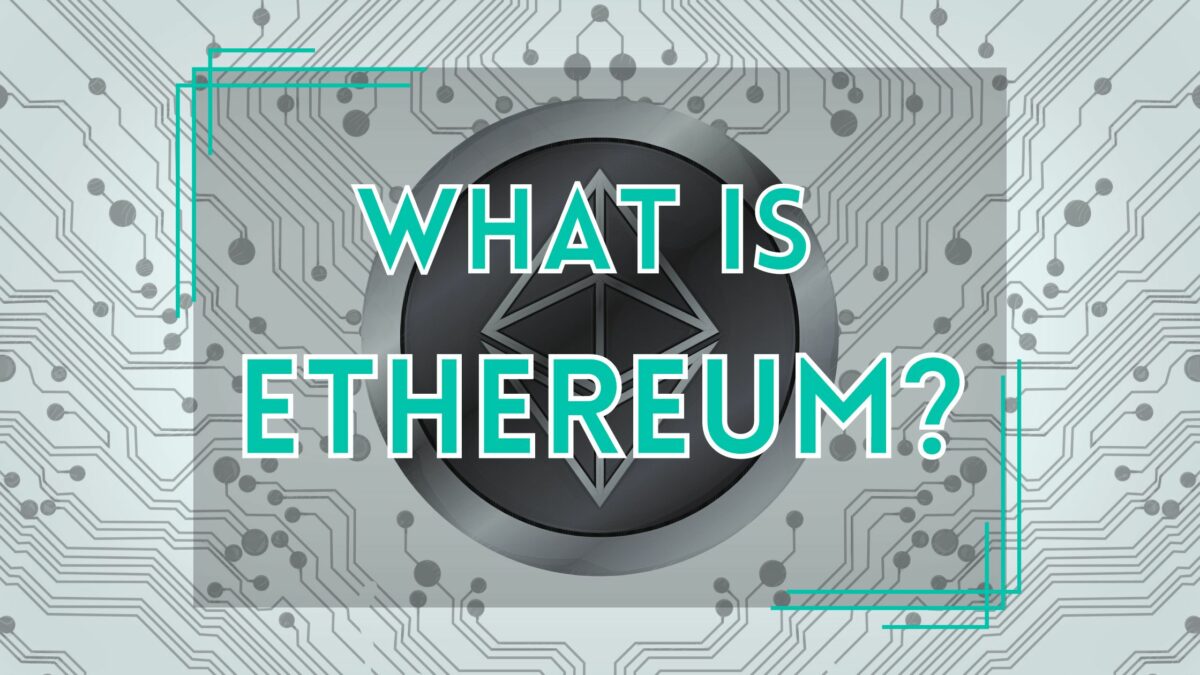
What Is Ethereum?
Ethereum, ETH or Ether, is the native token of the Ethereum network, a blockchain project envisioned by Vitalik Buterin in 2013 as an application of Bitcoin’s principles to decentralize web services. These services had historically been entirely controlled by their providers, who could modify the conditions at any given time despite their user’s opposition.
Ethereum was officially launched in 2015, 1 year after launching an ETH crowd sale that raised $18 million by selling 72 million ETH, which today would have an approximate value of $125 billion.
While the project had a lot of supporters in its earlier stage, which resulted in a long list of people being considered cofounders, the original members were Vitalik Buterin, Anthony Di Iorio, Charles Hoskinson, Mihai Alisie, and Amir Chetrit. They have continued to be influential in the blockchain industry ever since.
Ethereum quickly became the biggest blockchain project for creating dApps, while ETH became the second most dominant cryptocurrency in the market. As so, it has played a significant role in the booming of movements like Decentralized Finance (DeFi), Non-fungible tokens (NFT), decentralized applications (dApps), and Blockchain gaming.
What is the Purpose of ETH?
ETH was designed as the token that would power the entirety of the Ethereum network by operating as the transactional currency used to pay transaction fees and other services, as well as the incentive for members to validate transactions and create new blocks.
While Ethereum was created with some of the same principles as Bitcoin, it differentiates itself by focusing on working as a framework for Decentralized Apps (DApps) and smart contracts, while Bitcoin is purely transactional.
Ethereum intends to provide a blockchain with a built-in programming language used to create smart contracts, which allow the automation of transactions encoding arbitrary code. Smart contracts would allow Ethereum users to develop complex systems with different applications and even create their own cryptocurrencies that run on top of the network.
Many developers have taken advantage of these features and created tokens on the Ethereum network, but ETH remains an essential requirement for any platform built on Ethereum as all transactions require an ETH fee to be paid to occur.
How Does ETH Work?
Ethereum was the first blockchain network to introduce the concept of ‘Smart Contracts.’ Smart Contracts are pieces of code that can be customized to some extent and evaluate a condition before automatically executing an action depending on the assertion.
ETH can be generated (mined) by members of the network by validating transactions and creating new blocks to store them in the blockchain, an algorithm known as proof-of-work (POW). While other networks have a max number of cryptocurrency tokens that can be generated, Ethereum doesn’t.
The total ETH supply is programmed to increase by 4.5% each year. As two new ETH are minted with each block, miners are incentivized to improve their validation efficiency and quality.
Applications using Ethereum smart contracts make use of an Ethereum Virtual Machine (EVM) that allows them to make sense of the smart contract’s contents and communicate with the network, allowing it to make use of all of its features.
Ethereum’s flexibility has played an essential role in developing the cryptocurrency and blockchain ecosystems, which has resulted in massive adoption and increased load on the network. As a result, the Ethereum network is being updated to “Ethereum 2.0” to accommodate the network’s growth in utilization. By using a proof-of-stake algorithm in Ethereum 2.0, the network will experience improved efficiency and lower fees.
This change will result in miners not being required to solve computational problems to earn the rewards, but they will gain the right to validate and create blocks by staking ETH. PoS will also allow ETH holders to generate rewards passively by contributing their holding for the security and improvement of the network.
Sources





